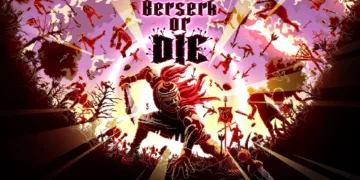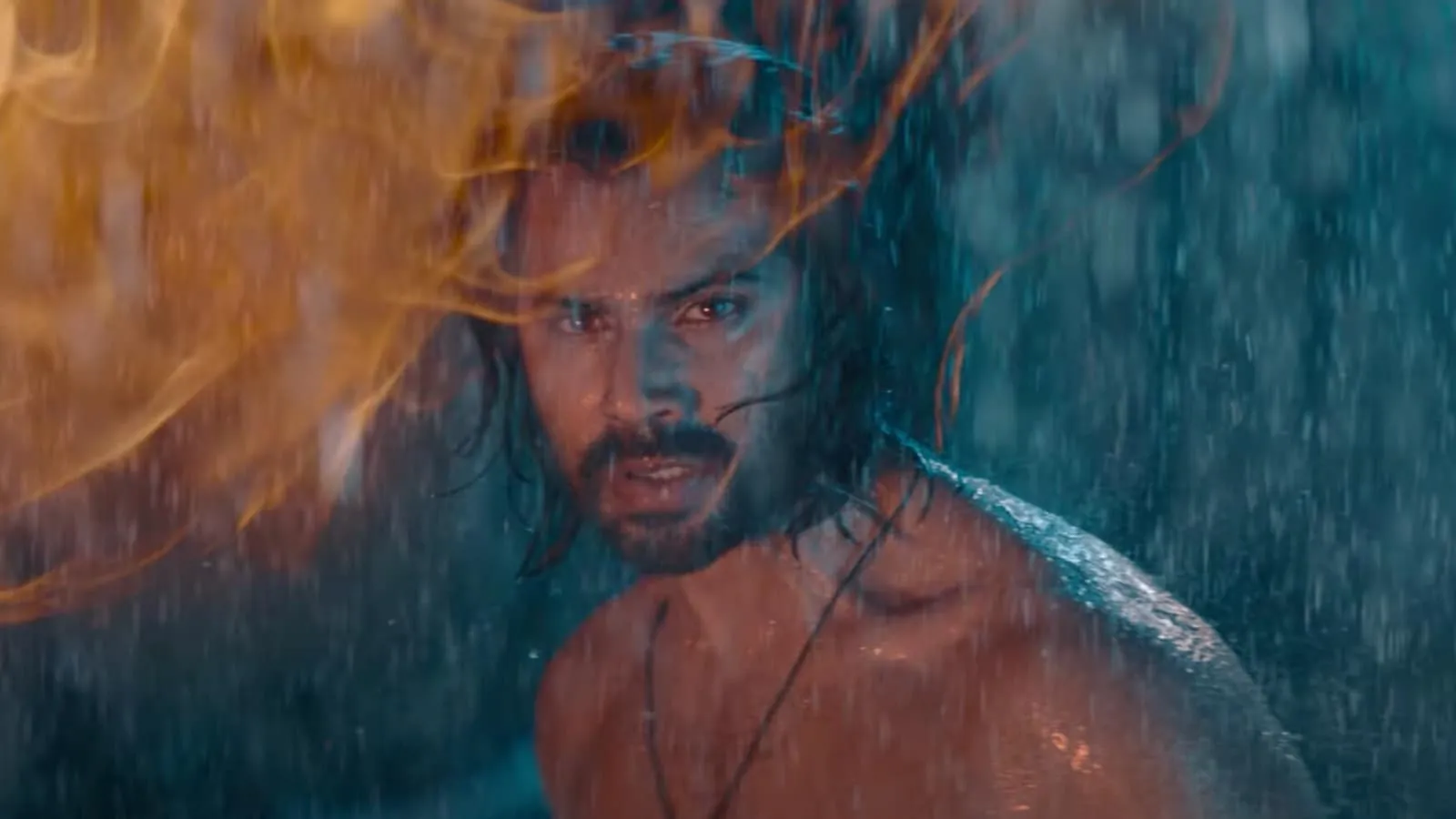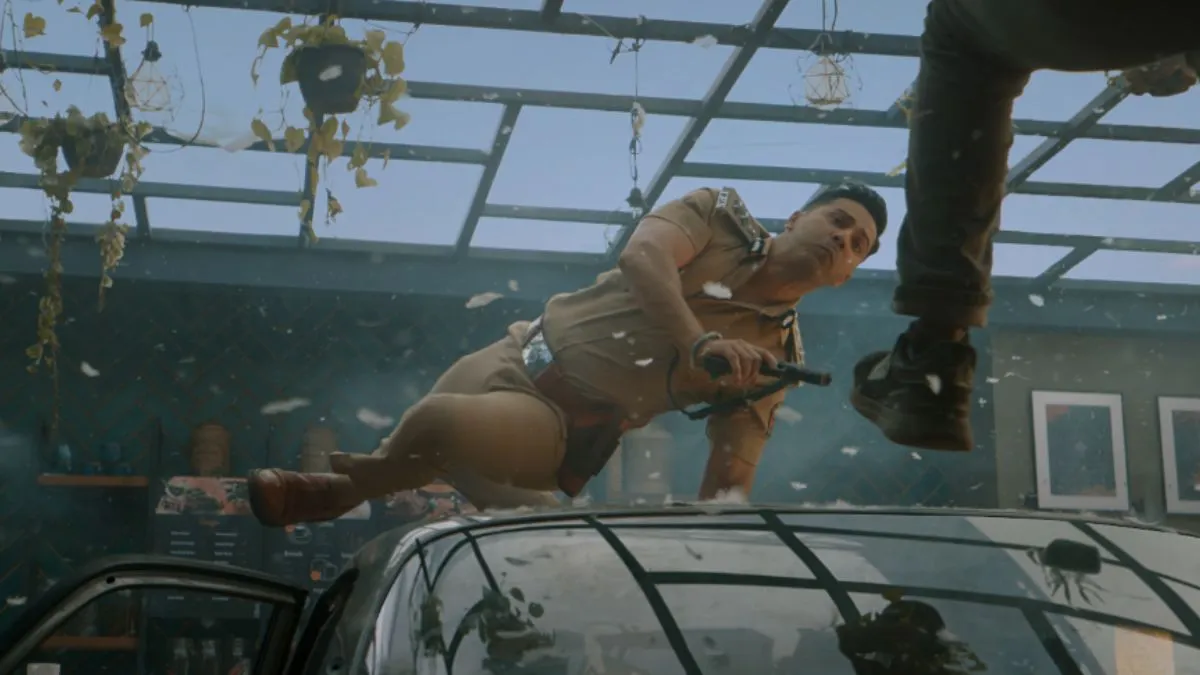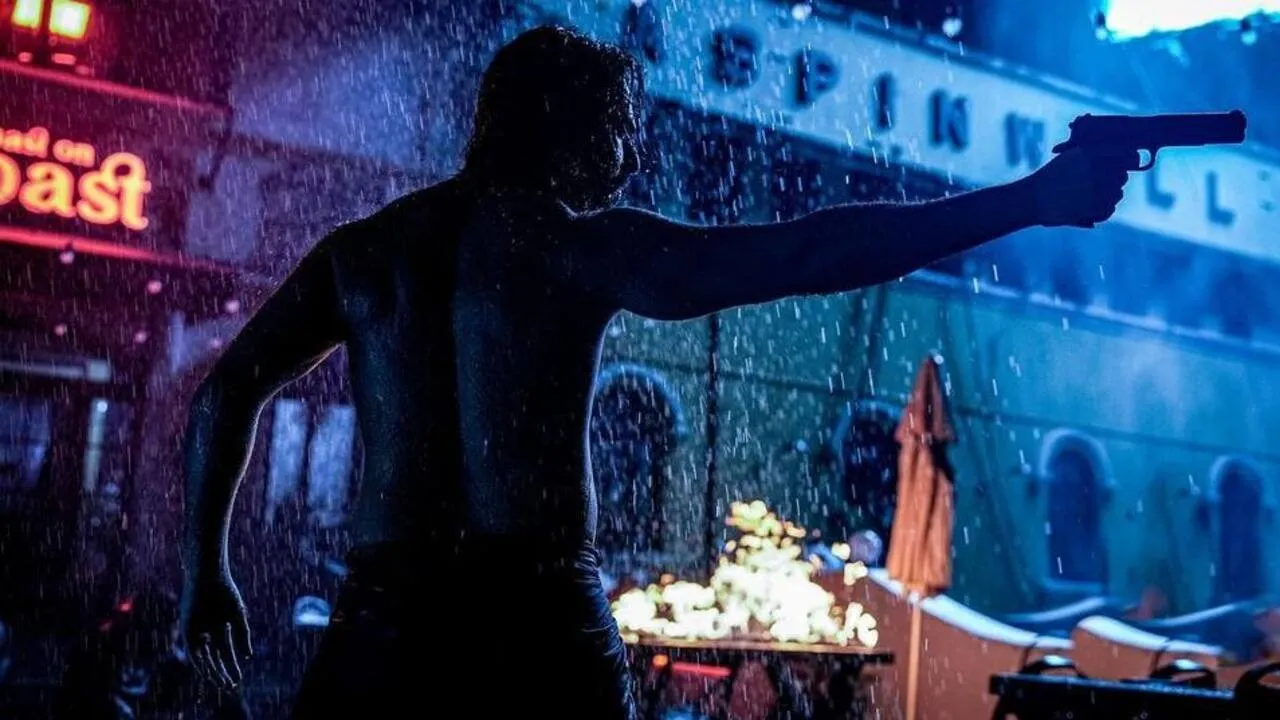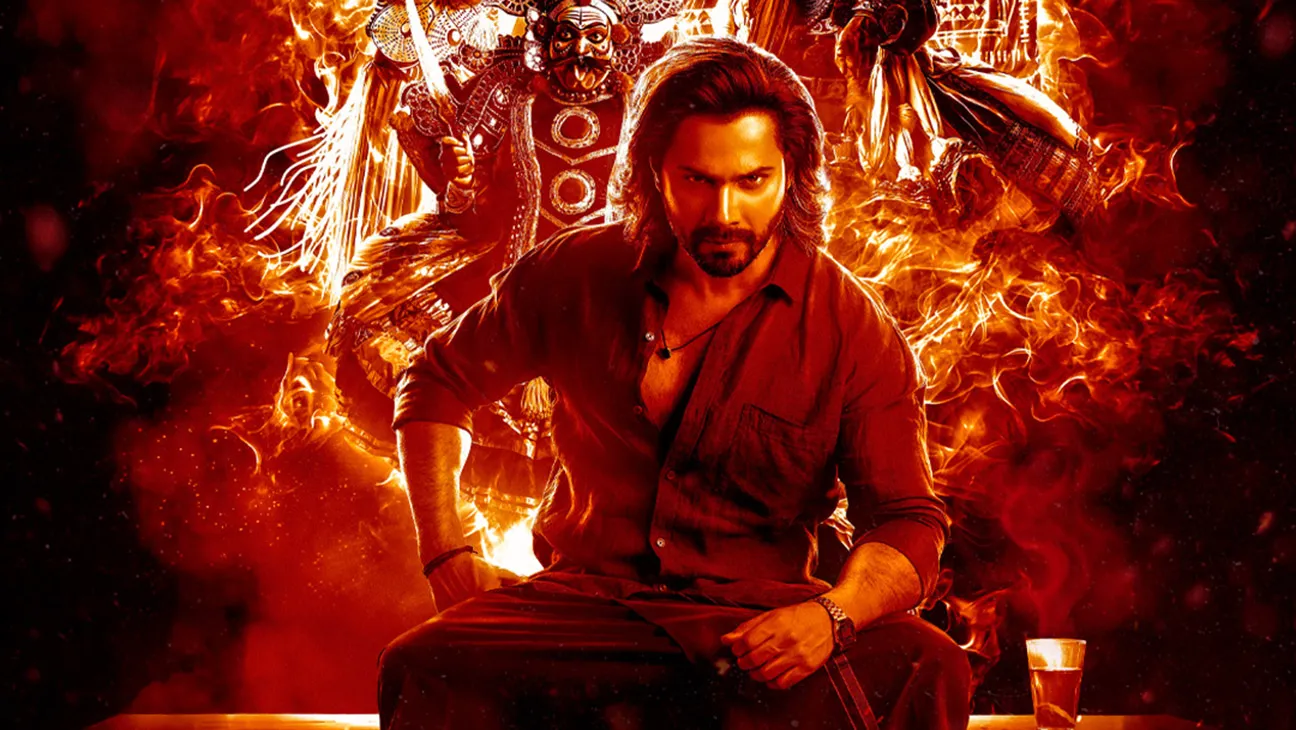In “Baby John,” Varun Dhawan plays John D’Silva, a humble baker and loving single father in Kerala whose peaceful life is destroyed when he meets a group of bad guys. This event forces him to confront a past he thought he had buried: his time as a police officer.
As the story goes on, we see John become an avenger who goes back and forth between protecting and attacking. His secret identity comes out like the last trick of a magician, making people question whether physical force can protect his daughter Khushi (Zara Zyanna).
The film builds up to big fights with the flashy bad guy Babbar Sher (Jackie Shroff), whose actions make it hard to tell what is right and wrong. Here, “Baby John” ventures into perilous ground, praising vigilante justice and prompting us to question the definition of heroism. Do we participate in this violence spectacle? The cause of the chaos may hold the key.
The Complex Fabric of Fatherhood: Heroes and Villains
The main character of “Baby John” is John D’Silva, who is also known as Satya Varma (Varun Dhawan). He is a man who is trying to deal with the duality of his life. On the one hand, he’s a loving dad who handles the difficulties of being a single parent with care. On the other hand, he’s a rogue caught in a web of violence and revenge.
This duality serves as a mirror reflecting society’s expectations of manhood in addition to being a plot device. Can a man be caring and ruthless, as the film makes us wonder? John’s change from baker to avenger is a metaphor for a larger societal narrative in which protection through violence is frequently confused with fatherhood.
The character of John is steeped in contradictions; he embodies the ideal of a “masculine protector” while also dealing with the emotional effects of his violent decisions. His journey raises morality questions about his actions. Is he a hero or just a victim of a society that values violence? Even though he fights enemies from the outside, his real battle is inside him. It’s a powerful commentary on how hard it is to live up to societal expectations.
In this narrative mosaic, supporting characters play important roles. John’s daughter, Khushi (Zara Zyanna), is more than a plot device. She is also a representation of pure innocence stuck in a crazy world. Her early maturity is cute and scary, making you wonder about the childhoods we force on the next generation. Then there’s Tara (Wamiqa Gabbi), who changes from a normal love interest to a character who can make choices, which goes against the idea of passive femininity.
The bad guys, especially Babbar Sher (Jackie Shroff), are so stereotyped that it almost feels like a play (think of a puppet bad guy in a horror comedy). Their exaggerated evil serves a purpose: it represents societal fears of unchecked power and corruption. In a world full of broken systems, these stories show us the worst parts of people, forcing the characters to confront their own involvement in similar narratives.
In the end, “Baby John” makes a complicated commentary on our roles in our families and society as a whole. We are asked to find our way through the film’s murky waters of morality, identity, and the often-conflicting nature of heroism.
The Price of Justice: Vigilantism and Societal Reflection
The narrative of “Baby John” is expertly woven with themes of violence and heroism, resulting in a nuanced examination of vigilante justice. The film proudly shows how its main character kills people, which raises an interesting question: what price does justice have to pay? People see John’s violent revenge on his enemies as good, even heroic, but the moral consequences stay with us like a dark shadow.
This raises the issue of “heroic masculinity,” a word that feels less and less relevant but still has a lot of meaning. It forces the audience to balance their admiration for John’s bravery with the repercussions of his violent actions. Are you seeing him as a savior or as a reflection of the violent undercurrents in society?
The film serves as a forum for discussing serious societal problems, not just reveling in the spectacle of violence. Human trafficking and misogyny are not just background issues; they are core themes that resonate throughout the entire story. The portrayal of women, who are frequently portrayed as victims or minor characters, feels like a dark commentary on real-world injustice. The narrative highlights the terrifying reality of young girls being abused by a broken system, which makes these societal problems even more urgent.
Nanaji, played by Jackie Shroff, is the bad guy and is a horrible stereotype of male power. She represents the worst aspects of male dominance. His character is steeped in a “god-complex,” illustrating how pervasive misogyny is in both the film and societal scene. The question is, does John’s violence really stop the misogyny, or does it just keep the cycle of abuse going under the guise of protection?
“Baby John” reflects modern worries about gender and power relationships in this setting. The portrayal of women in the film, which is frequently pushed to the background in favor of overtly masculine narratives, prompts questions about their roles in both cinema and society as a whole. The film’s potential cultural effect is ultimately highlighted by this tension between heroism and societal criticism, forcing audiences to confront uncomfortable truths about their world.
Crafting Chaos: A Study in Direction and Visual Language
In “Baby John,” Kalees’s direction veers between grandiosity and chaos, reflecting a taste for excess. As an adaptation of the original Theri, the script often feels too full, like a cake with too much frosting, where the sweetness drowns out the main flavors.
Heavy-handed speech and melodramatic beats break up each scene. These elements are meant to make you feel something but often cross the line into the ridiculous. This method might resonate with an audience that wants the spectacle of masala cinema, but it runs the risk of turning off people who want a more complex narrative (a very dangerous tightrope walk).
The film is reminiscent of a firework show gone wrong in terms of color and movement. Kiran Koushik’s cinematography tries to catch the fast-paced energy of the action scenes, but the result is sometimes disorienting. Quick cuts and sweeping camera views aim to build tension, but they often make the story less logical. This editing style, which sounds like a squirrel on caffeine, can cause tonal whiplash, making it hard for viewers to connect with the drama as it unfolds.
The action scenes are also pretty bold, and some are almost too silly to believe. John’s crazy stunts in the air and battle make you feel like he’s not in real life, prompting you to wonder if the film is making a point of showing how silly its premise is. Although technically impressive, the choreography can feel disjointed and lacks the emotional impact that one might expect from a narrative with such strong themes.
“Baby John” becomes a reflection of the larger cinematic trend that values style over content, putting more emphasis on flashiness than depth, in its search for visual spectacle. This raises an important question: in a time when movies are often used to escape reality, how much of this chaos is just a way to avoid thinking about the serious societal problems it’s supposed to solve? The film stands as a testament to the dichotomy of modern Indian cinema, where the surface shines, but what’s really going on is incredibly hard to find.
The Art of Performance: Stars in the Spotlight and Shadows
An ambitious attempt to combine the roles of a devoted father and relentless vigilante, Varun Dhawan’s portrayal of Baby John, or Satya Varma, is a duality exercise. Dhawan brings an earnestness to the character that feels almost disarming thanks to his innate charm and boyish good looks. The overly dramatic tone of the script occasionally takes away from this earnestness, though.
His performance often falls short of Vijay’s original portrayal of the masala hero in Theri, even though he channels the classic masala hero. Baby John, played by Dhawan, goes back and forth between showing real emotion and acting cocky, leading viewers to question whether he’s really living the role or just acting it.
Jackie Shroff really shines in supporting roles, especially as the flashy bad guy Babbar Sher. He gives off a scary, silly, and captivating theatrical vibe. Shroff’s portrayal, reminiscent of a cartoon character taken from a comic book, warns of the film’s propensity for exaggeration. The film’s more serious themes risk being undermined by his larger-than-life presence, which adds mystery. Shroff’s bad guy is a pantomime of evil that makes the audience laugh when they should be scared, a duality that complicates the audience’s emotional reaction.
Even though Keerthy Suresh performs well in her Hindi debut, her character often feels unworthy of attention. She embodies a blend of strength and vulnerability as Meera, but her role mostly supports her, making me wonder if her skills are being fully utilized. Her potential for a more substantial arc is hinted at in the film. Still, it ultimately falls short, echoing a larger trend in cinema where female characters are frequently just side characters in male-driven narratives.
The performances show an important cultural effect: while the male characters struggle with their identities and moral problems, the female characters stay stuck in a web of stereotypes. The uneven growth of the characters raises questions about representation and the narratives we choose to highlight. The performances of Dhawan, Shroff, and Suresh in this cinematic world show their individual abilities and the larger societal repercussions of their roles.
Cultural Context: Remaking the Past in a Modern Lens
“Baby John” stands as a testament to Bollywood’s unwavering interest in remakes, especially its adaptation of the original Theri. Baby John differs in tone and execution despite both films having a central narrative about vigilante justice.
The original movie has a more focused emotional arc, but the remake goes overboard with melodrama and spectacle to compensate for how restrained the first movie was. This change is an example of a larger trend in Bollywood, where the desire for grandiosity frequently trumps narrative coherence (imagine it as the cinematic version of a buffet gone wrong).
Remakes in Indian cinema have a complicated cultural background, frequently reflecting a desire to meet changing audience expectations while also dealing with the risks that come with reinterpreting beloved stories. Even though Baby John stays true to the original, it might lose some of the emotional power that made Theri powerful.
The response of the audience complicates things even more. Baby John fits right in with the current zeitgeist, characterized by a desire for escapism narratives full of action, drama, and a good dose of nostalgia. Viewers who have seen a lot of high-octane films may find comfort in the movie’s use of tired themes.
However, this raises the question: do viewers want new narratives, or are they content with shiny new versions of old stories? The film had an effect on culture not only because it was fun to watch, but also because it was a reflection of how the cinema industry is struggling to find the right balance between homage and new ideas.
Overall Impact: Between Emotion and Excess
“Baby John” tries to connect with viewers emotionally and intellectually, but it often feels like it’s going on a treadmill—a lot of movement but not much forward motion. The film makes you feel a lot of different things. On the one hand, John’s problems as a father resonate with people worldwide, touching on themes of sacrifice and love.
The scenes he has with his daughter Khushi (Zara Zyanna) are sincere and make you feel warm and fuzzy, which is what cinema is supposed to do. On the other hand, the constant stream of action and melodrama frequently drowns out these touching exchanges, making viewers question whether they should be crying or cringing.
Although it comes in a flashy package, the film offers a philosophical conundrum about justice and morality. In a world with so many structural problems, the portrayal of vigilante justice raises serious questions about the effectiveness of such actions. The film, however, avoids deeper analysis, putting more emphasis on spectacle. This raises an important question: will the audience be left reflecting on the moral ramifications of John’s decisions after enjoying the adrenaline rush of a well-executed action sequence?
“Baby John” balances being both exciting and confusing as a cinematic experience. It embodies current trends in Indian cinema, where action and drama frequently precede more in-depth narrative exploration. The film could make many people happy, but it could also help to perpetuate a cycle in which style over content rules. In this situation, the question still stands: can filmmakers find a balance between fun and important stories, or will they keep relying on the allure of escape, leaving audiences both happy and unfulfilled?
The Review
Baby John
The cinematic experience in "Baby John" is interesting and frustrating because of the blend of emotional depth and action-packed spectacle. The film often falls victim to melodrama and excess, overshadowing its potential for deeper reflection on societal problems, despite Varun Dhawan's commendable performance. It's fun to watch but feels like a missed chance to dig deeper into its themes. As it stands, "Baby John" is a flashy ride that makes viewers happy but also makes them think about the narratives they watch.
PROS
- Engaging performances, particularly from Varun Dhawan and Jackie Shroff.
- Emotional core with touching father-daughter moments.
- High-octane action sequences that provide visual spectacle.
CONS
- Overly melodramatic and at times absurd narrative elements.
- Underdeveloped supporting characters, particularly female roles.
- Rapid pacing and editing can lead to confusion.
- Lacks the emotional depth of its predecessor, Theri.







































